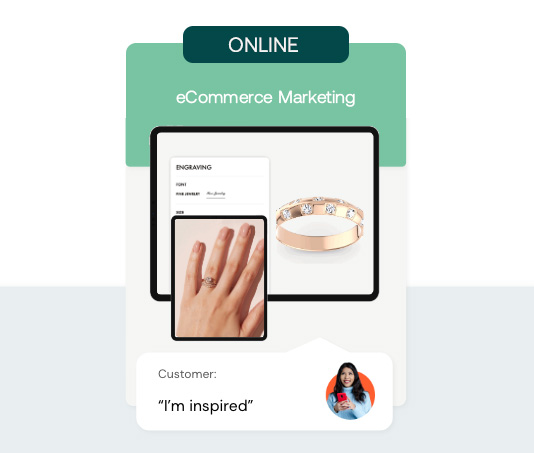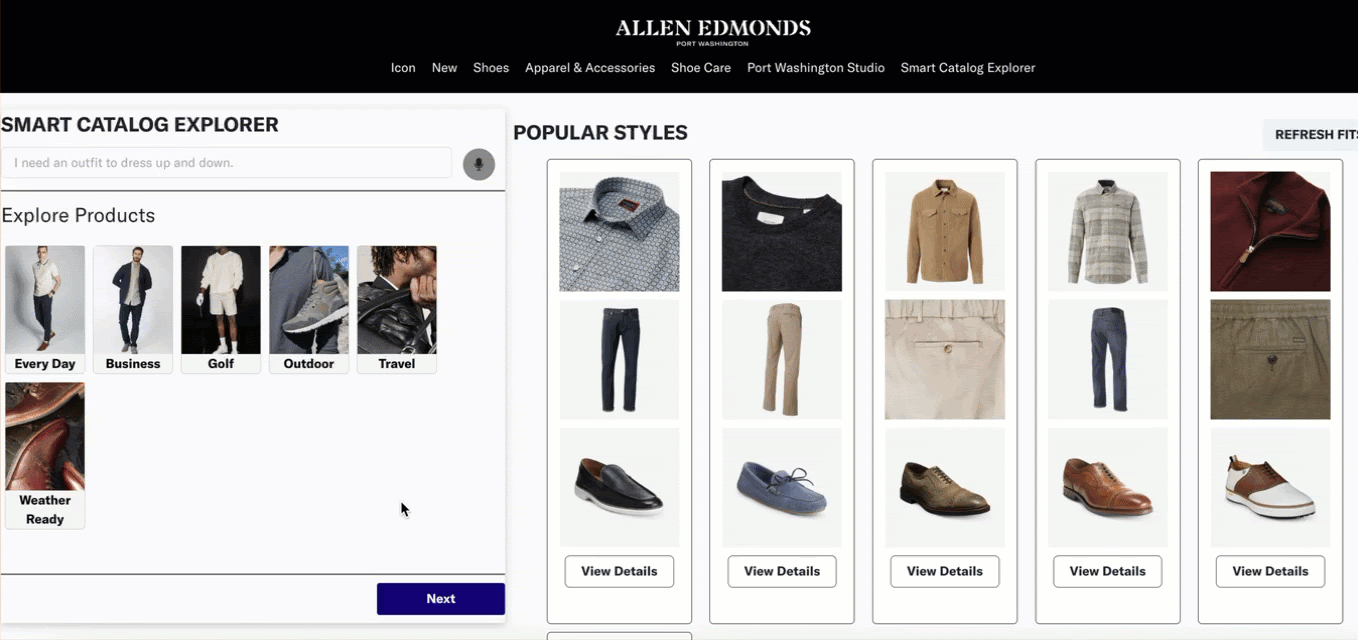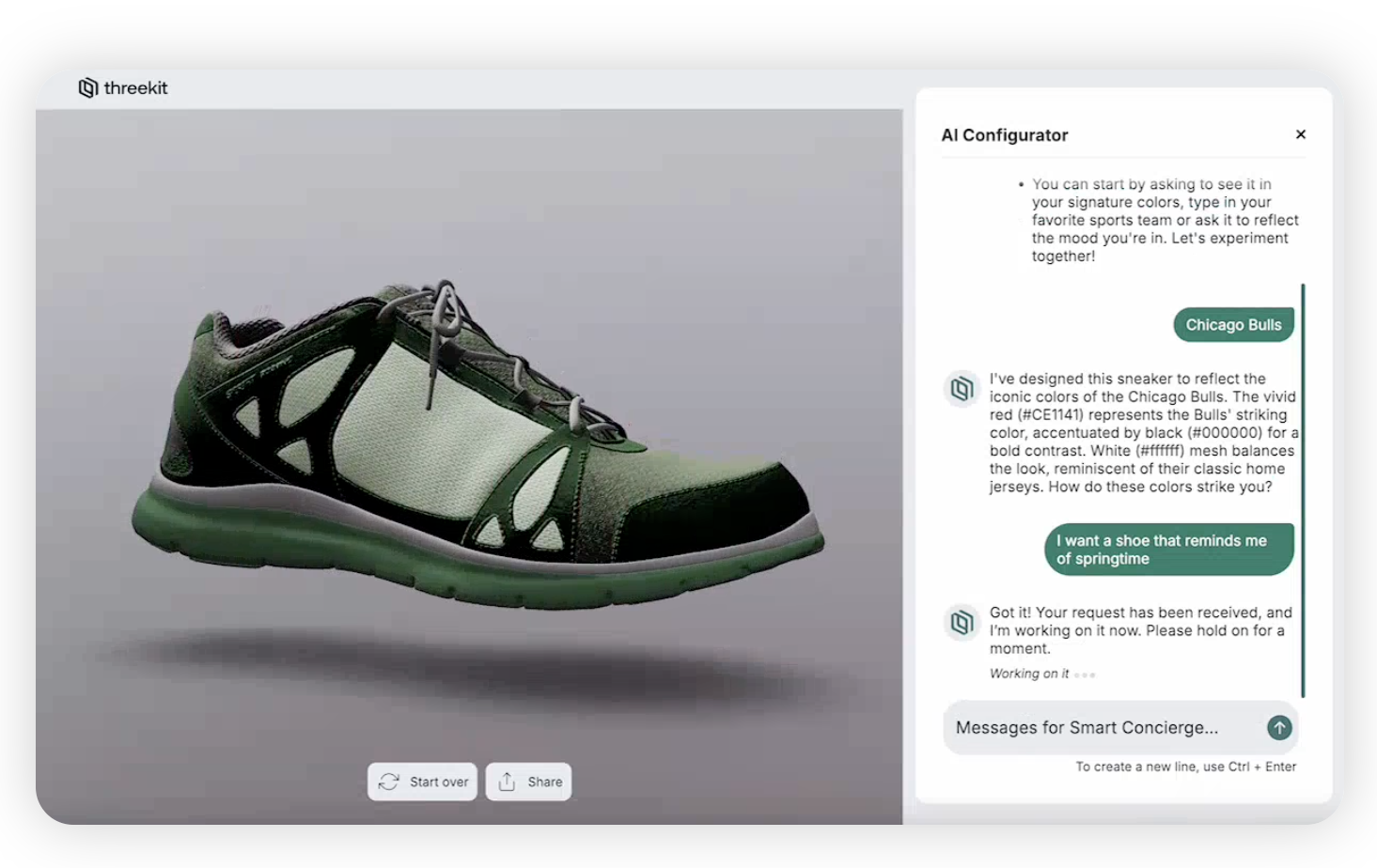Drive Qualified Leads for Building Materials with Guided Selling
Guided selling is changing the way businesses in the building materials industry connect with their customers. By using technology to guide buyers through the purchasing process, companies can attract more qualified leads and enhance customer satisfaction. This article explores various strategies for implementing guided selling to drive better results in the building materials sector.
Key Takeaways
- Guided selling uses AI technology to help buyers find the right products quickly and easily.
- Personalized recommendations can significantly improve the buying experience.
- Streamlining the purchase process can lead to higher customer satisfaction and increased sales.
- Aligning sales and marketing teams is crucial for effective lead management.

Leveraging Guided Selling to Attract Qualified Leads
Guided selling is transforming how businesses in the building materials industry operate. By leveraging advanced AI technologies, companies can streamline the purchasing process, making it easier for both suppliers and buyers to connect and transact efficiently.
Guided selling helps suppliers and buyers find the right match easily, by using AI to prompt users for their needs, and suggest the right products.
Benefits of Guided Selling in the Building Materials Industry
Guided selling offers numerous benefits, including:
- Personalized recommendations: By leveraging data and AI, businesses can offer tailored suggestions that meet the specific needs of each customer. These are based on browsing behavior, past purchases, and personal-shopper-style chatbots.
- Streamlined purchasing process: This approach ensures that buyers find the right products quickly and efficiently. By showing buyers the products they need, there's a reduction in decision fatigue and cart abandonment.
- Improved customer satisfaction: A seamless and intuitive buying experience benefits both suppliers and buyers alike. Buyers are more likely to make a purchase and less likely to return product. Sellers are able to close a deal more quickly, by cutting out the need for a sales pitch, demo, and physical catalog.
By adopting guided selling, companies in the building materials industry can significantly improve their procurement processes, leading to better outcomes for all parties involved.
Implementing Guided Selling Strategies
To implement guided selling strategies effectively, businesses should:
- Utilize Visual Discovery AI: This tool plays a big role in making the buying process smoother. By using advanced machine learning algorithms, Visual Discovery AI can suggest the right products, including complementary items, right away.
- Analyze customer data: Understanding customer behavior helps in creating better marketing strategies. Not only can AI leverage this information, it can gather, automate, and analyze the data for you, saving you time and effort.
- Offer personalized experiences: Tailored suggestions enhance the shopping experience and increase the likelihood of a purchase. AI-driven product configuration can also increase the likelihood of a sale, as customers get exactly what they need, without having to hunt for it.
By focusing on these strategies, businesses can better meet the needs of their customers and drive more qualified leads.

Creating a Seamless Buying Experience for Building Materials
Design User-Friendly Interfaces
A seamless buying experience starts with user-friendly interfaces. These interfaces should be easy to navigate, ensuring that customers can find what they need without frustration. A well-designed interface can significantly reduce the time it takes for a customer to make a purchase decision.
Utilize Personalized Recommendations
Personalized recommendations play a crucial role in guided selling. By leveraging data and AI, businesses can offer tailored suggestions that meet the specific needs of each customer. This not only enhances the shopping experience but also increases the likelihood of a purchase, reduces the likelihood of product return, and increases the likelihood of repeat business.
Streamline the Purchase Process
Streamlining the purchase process involves removing any unnecessary steps that could hinder a customer from completing their purchase. This includes simplifying checkout procedures, offering multiple payment options, and ensuring that the entire process is as quick and efficient as possible.
In the building materials industry, creating a seamless buying experience can lead to higher customer satisfaction and increased sales. By focusing on user-friendly interfaces, personalized recommendations, and a streamlined purchase process, businesses can better meet the needs of their customers and drive more qualified leads.
Integrating Guided Selling with Sales Strategies
Align Sales and Marketing Teams
To make guided selling effective, it's crucial to align sales and marketing teams. Both teams should work together to understand customer needs and create a seamless buying experience. This collaboration ensures that marketing efforts generate leads that sales can convert into customers.
Utilize Lead Scoring Systems
Lead scoring systems help prioritize leads based on their likelihood to convert. By analyzing various interactions, such as website visits and email responses, sales teams can focus on high-potential leads. This targeted approach increases efficiency and conversion rates.
By adopting guided selling, companies in the building materials industry can significantly improve their procurement processes, leading to better outcomes for all parties involved.

Qualifying and Nurturing Leads
Effective Lead Qualification Techniques
Lead qualification is about finding out if a prospect is a good match for your business. This step is crucial because it saves time and resources by focusing on the most promising prospects. Lead qualification assesses whether a prospect is a suitable match for your business offerings and is worth pursuing. Here are five simple steps to qualify leads:
- Get to know your leads.
- Ensure you have complete information on profiles.
- Score your leads to prioritize your sales efforts.
- Choose a framework that aligns with your business goals.
- Use marketing automation tools.
Implement Lead Scoring Models
Lead scoring is a method that assigns a numeric value to each lead based on predefined criteria. This helps in identifying which leads are the most relevant for your sales team. The process can be broken down into three steps:
- Define the ideal lead.
- Collect the information.
- Assign scores based on the collected data.
Use CRM Software for Lead Management
CRM software helps in managing leads efficiently. It allows you to track interactions, set reminders, and automate follow-ups. This ensures that no lead falls through the cracks and helps in nurturing them until they are ready to make a purchase.
By using these techniques, you can boost sales with effective lead nurturing strategies, ensuring that your sales team can focus on converting leads that fit your business offerings.
Maximizing Sales-Qualified Leads through Guided Selling
Set Up Lead Magnets
Lead magnets are essential tools for attracting potential customers. These can be free resources like ebooks, whitepapers, or webinars that provide value to your audience. By offering something valuable, you can capture contact information and start nurturing these leads. Make sure your lead magnets are relevant to your target audience and address their specific needs.
Engage with Prospects Through Webinars and Events
Webinars and events are excellent ways to engage with prospects. They allow you to showcase your expertise and build trust with your audience. During these events, you can answer questions, provide insights, and demonstrate how your products can solve their problems. This approach ensures that you’re reaching out to prospects at the right time when they’re most likely to see the value in becoming paying customers.
Reassess and Requalify Leads
Not all leads will be ready to buy immediately. It's important to keep an eye on their engagement and reassess them over time. If a lead isn’t ready to be qualified right now, don’t dismiss it. Instead, nurture them until they reach the buying stage. Look for signs like repeated website visits or engagement with your content to determine if they are ready to be requalified.

Analyzing Customer Data to Drive Qualified Leads
Collect and Analyze Customer Data
To attract the right leads, you need to start by collecting and analyzing customer data. This involves tracking which keywords are driving traffic, understanding the sources of this traffic, and measuring how many page visitors convert into leads or customers. By understanding these metrics, you can tailor your marketing strategies to attract more qualified leads.
Use Data to Personalize Marketing Strategies
Once you have collected the data, the next step is to use it to personalize your marketing strategies. This can include creating targeted content, personalized email campaigns, and customized product recommendations. By doing so, you can ensure that your marketing efforts resonate with your audience and increase the chances of converting leads into customers.
Measure the Success of Guided Selling Initiatives
Finally, it's important to measure the success of your guided selling initiatives. This can be done by tracking key performance indicators (KPIs) such as conversion rates, customer satisfaction scores, and revenue generated from leads. By regularly reviewing these metrics, you can identify areas for improvement and optimize your guided selling strategies to drive more qualified leads.
Conclusion
Guided selling is a game-changer for the building materials industry. By using smart tools like AI, businesses can connect with the right buyers more easily. This not only makes the buying process smoother but also helps in building stronger relationships between suppliers and customers.
In the end, guided selling isn't just about making sales—it's about creating a better experience for everyone involved. So, if you're in the building materials business, it's time to embrace guided selling and see the difference it can make.
Watch our free webinar to see how Threekit Visual Discovery AI makes guided selling easy and intuitive. Or contact us for a free demo, to see how our Visual Discovery AI makes guided selling easy.


